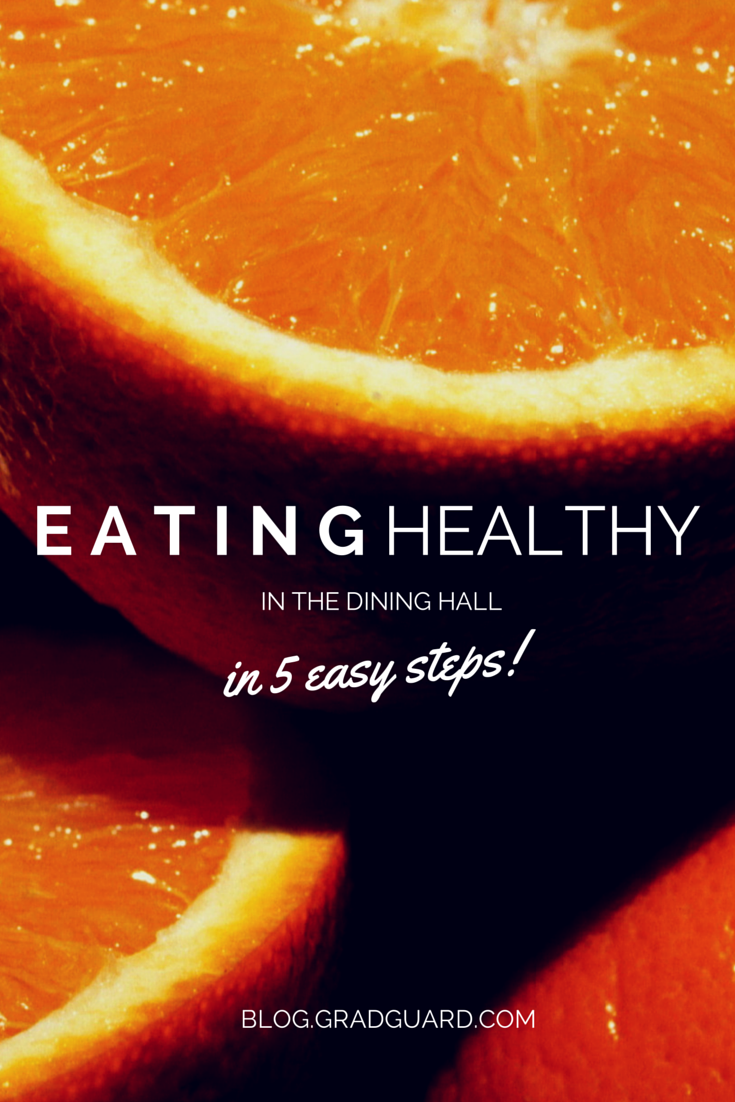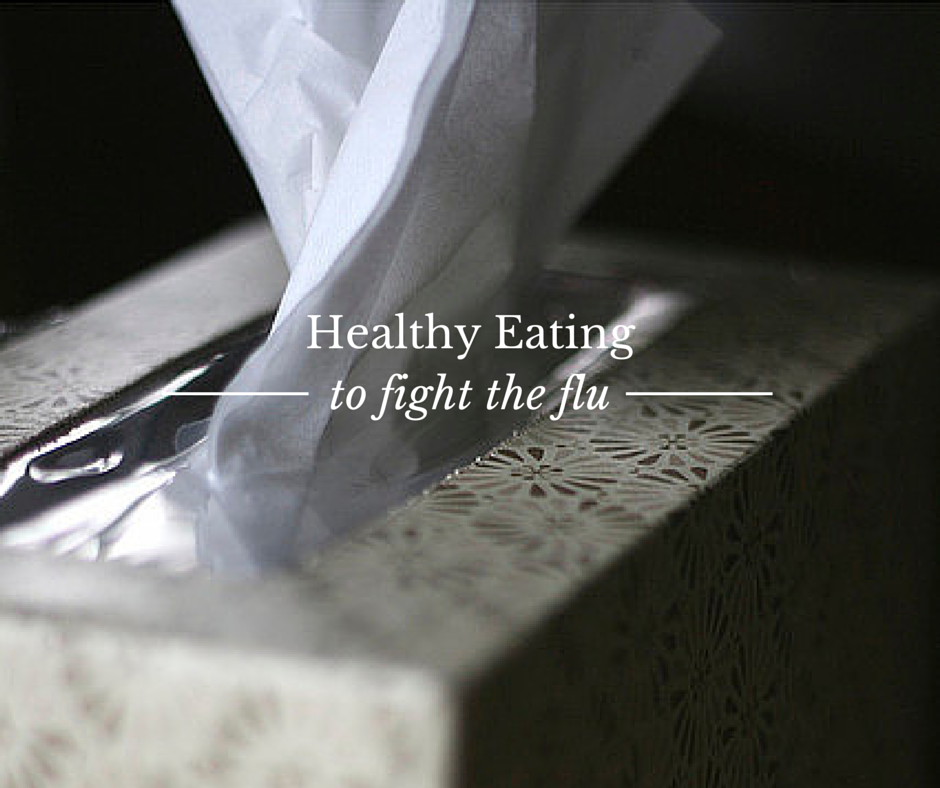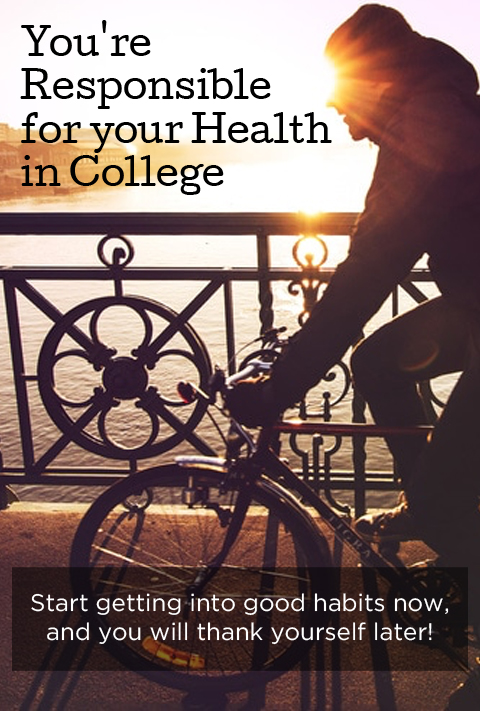Your first year at college is always stressful. Stressful from leaving home, stressful from having harder classes and stressful from time management. Because there is all of this stress, we tend to not think about what we’re eating and thus the notorious “Freshman 15” becomes a problem. A lot of people think that eating healthy in the dorms is basically impossible. This is not the case! I’m here to help give you some helpful tips about how to avoid the freshman 15 and be healthy while living in the dorms!
1. Choose the right snacks for your room.
Most people do a little shopping before they get to college of some foods that they can eat in the residence halls that have a longer shelf life. I know a lot of people (and me as well) bought a lot of easy to cook noodles, chips, crackers, canned foods, etc. Buying foods with long shelf life is a good thing to have but you should know which ones are healthy for you, like: nuts, seeds, dried fruit (with no added sugar), rice cakes, multi-grain crackers, and canned fruit in no syrup and with no added sugar.
2. Give yourself time to eat.
A large part of being healthy while living in the dorms is figuring out what to eat at the cafeteria. Most cafeterias love to advertise their not so healthy foods and forget about the healthy foods. This is probably because most unhealthy foods are easier to grab and go. While you’re going to the cafeteria make sure you give yourself enough time to get your food and be able to eat it. Eating quickly is bad for your body because it can cause heartburn or stomach aches and can also cause you to overeat. Not good for anyone!
3. Look for unprocessed foods and snacks.
Everyone probably knows that vegetables and fruits are considered healthy foods. However, they can also be considered unhealthy foods as well. Carrots or celery that is found in a prepackaged container with sauces to dip? Not healthy! Carrots or celery in their raw form? Healthy! Apples in a prepackaged container with caramel sauce to dip? Not healthy! Apples that aren’t precut and in (usually) a basket found with other fruits? Healthy! The key to determining what is healthy and what isn’t healthy is taking the time to question it. If you are thinking of getting packaged food with a lot of preservatives and sauce poured over it, it’s likely not going to be healthy.
4. Beware of less obvious, high-calorie choices.
A lot of people love their sauces and condiments. This includes ketchup, mustard, ranch dressing, mayonnaise, BBQ sauce, Alfredo sauce, hot sauce, etc. I know a ton of people who love their ranch dressing and put it on basically everything (salad, pizza, bread sticks). Eating this foods are okay to do but in moderation. There are also other alternatives to these foods that you can choose. If you want a salad with dressing? Use the vinaigrette dressing instead of ranch dressing. If you want to have pasta? Use a homestyle marinara instead of Alfredo or vodka sauce. These little changes can make a difference!
5. At meal times, choose lean protein, not carbs!
For lunches or dinners a lot of people that live in residence halls are tempted to choose pasta or pizza for their meals. While that is okay once in awhile, the best foods to eat at the cafeterias are lean proteins like salmon, grilled chicken or tofu, and vegetables, preferably raw or steamed. Salmon is extremely good for you and is generally a light food to eat if you remember to not douse it in high-calorie sauces or butter. Try adding balsamic vinegar or glaze for a healthier dose of flavor. Grilled chicken instead of fried chicken is the healthy way to go, even when those chicken fingers look so tasty. While looking at the nutrient facts for each, grilled chicken wins in basically all of the categories. The key to good eating in school is… less carbs=more focus and better sleep. It also keeps your body healthy and to say goodbye to the freshman 15!




